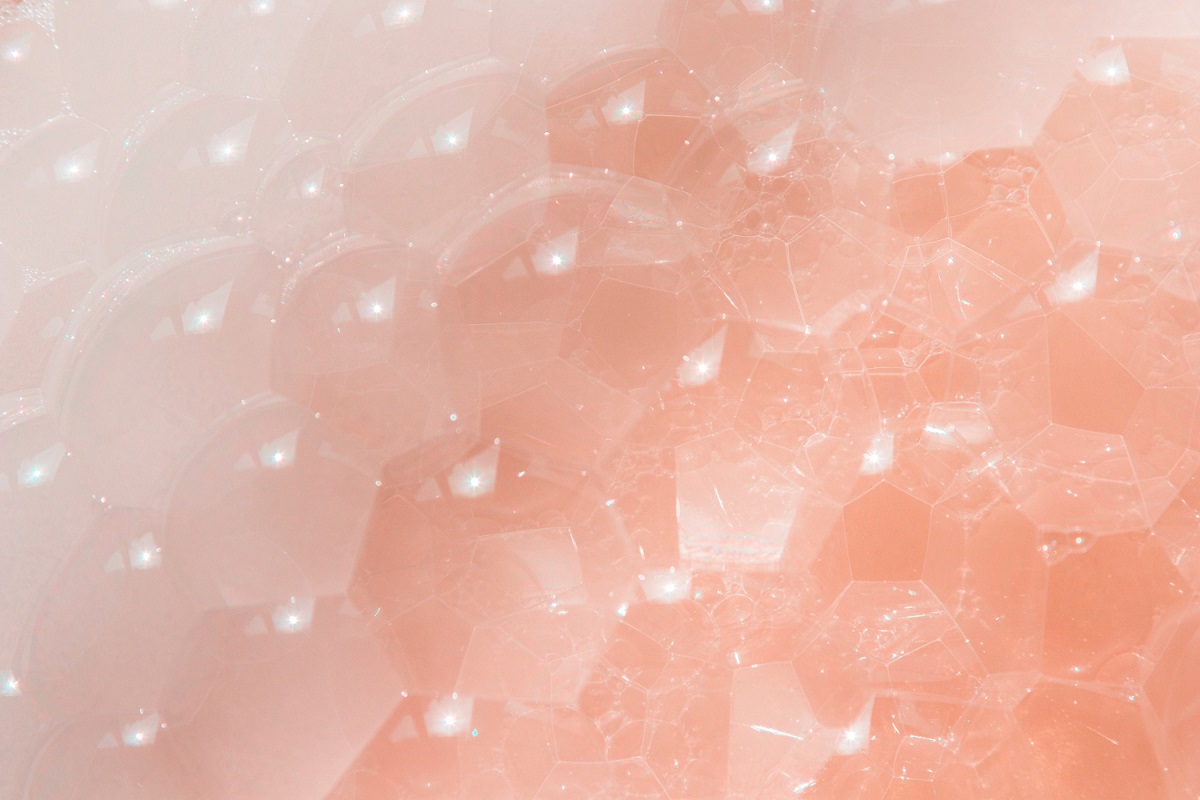KEY TAKEAWAYS
- The study aimed to investigate the distribution of immune cells and lymphovascular invasion in BC skin recurrence.
- The results concluded that BC skin recurrence may show immune suppression and increased lymphatic invasion, affecting immunotherapy response.
Breast cancer (BC) skin recurrence presents a clinical challenge. Understanding its underlying biological mechanisms, particularly the immune microenvironment and invasion patterns, is crucial for developing effective treatment strategies.
Danyang Zhou and the team aimed to examine the distribution characteristics of immune infiltration and lymphovascular invasion in patients with BC skin recurrence.
Researchers conducted a retrospective analysis of 71 female patients who underwent radical surgery for primary BC and subsequently experienced skin recurrence between January 2001 and April 2019.
The study involved quantifying immune and lymphovascular biomarkers in samples from primary BC, skin lesions, and visceral metastatic lesions. Statistical analysis, using the Wilcoxon signed-rank test and Kruskal-Wallis one-way ANOVA, was performed to compare biomarker distribution between matched tissue samples.
Analysis revealed higher expression levels of various lymphocyte immune markers in primary tumour specimens compared to skin recurrences. Specifically, CD8, CD57, and CD31 expression was higher in primary bBC than in skin lesions. Compared to visceral metastatic lesions, D2-40 was highly expressed in the skin, while CD8 expression tended to be lower.
Within skin specimens, CD8, FOXP3, and CD68 expression was higher in the intratumoral area, while CD57 expression was higher in the peritumoral area. Interestingly, peritumoral CD4 expression decreased with disease progression. Lower expression of D2-40 and CD163 in skin lesions correlated with a decrease in disease-free survival (DFS).
The findings indicated that the immune microenvironment of BC skin recurrence may be suppressed, potentially intensifying as the disease progresses. The pattern of skin recurrence appears to favour lymphatic invasion. This study provides valuable insights into the behaviour of this disease and its potential response to immunotherapy.
This work was supported by the Natural Science Foundation of Guangdong Province under Grant [number 2019A1515011945 and 2020A1515010105].
Source: https://pubmed.ncbi.nlm.nih.gov/39235656/
Zhou D, Li M, Wu W, et al. (2024). “Distribution characteristics of immune infiltration and lymphovascular invasion in patients with breast cancer skin recurrence.” Cancer Immunol Immunother. 2024;73(11):223. Published 2024 Sep 5. doi:10.1007/s00262-024-03783-6



